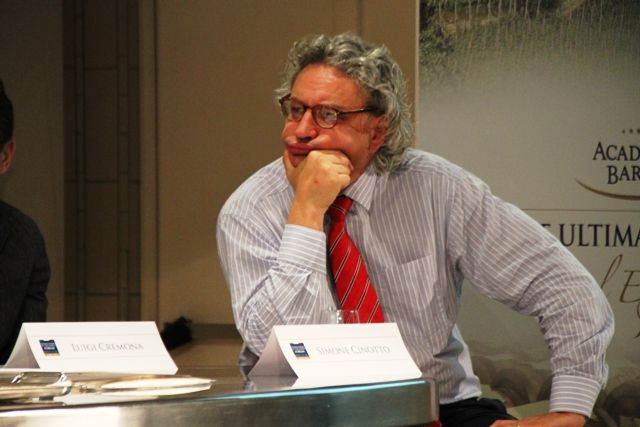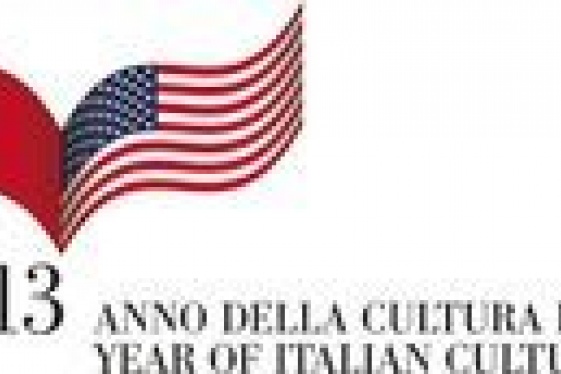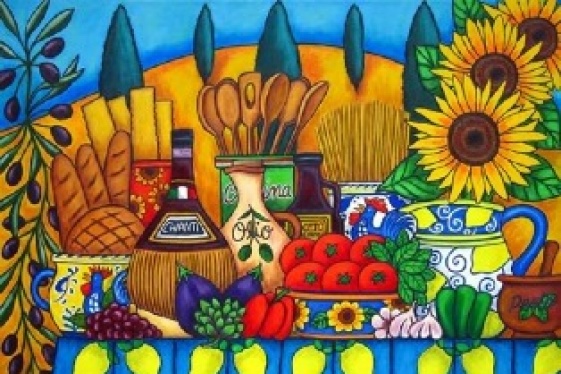
The Italian American Table

The invention of Italian food culture in America
Looking at the historic Italian American community of East Harlem in the 1920s and 30s, Simone Cinotto recreates the bustling world of Italian life in New York City and demonstrates how food was at the center of the lives of immigrants and their children. From generational conflicts resolved around the family table to a vibrant food-based economy of ethnic producers, importers, and restaurateurs, food was essential to the creation of an Italian American identity. Italian American foods offered not only sustenance but also powerful narratives of community and difference, tradition and innovation as immigrants made their way through a city divided by class conflict, ethnic hostility, and racialized inequalities.
Drawing on a vast array of resources including fascinating, rarely explored primary documents and fresh approaches in the study of consumer culture, Cinotto argues that Italian immigrants created a distinctive culture of food as a symbolic response to the needs of immigrant life, from the struggle for personal and group identity to the pursuit of social and economic power. For generations of Neapolitan, Sicilian, and Calabrese immigrants in New York, Italian American cuisine was much more than a remnant of the home country; Cinotto shows, in vibrant detail, how the Italian American table we now celebrate emerged as the outcome of years of selective incorporations of cultural fragments, resources, and meanings available to the immigrant community. Adding a transnational dimension to the study of Italian American foodways, Cinotto recasts Italian American food culture as an American "invention" resonant with traces of tradition and shows how generations of creative, ambitious improvisers in tenement kitchens and behind restaurant stoves cooked, ate, and shared the foods that helped them make their way into American culture.
"Full of rich analysis and insights, this first book-length scholarly study of Italian immigrant foodways in the United States offers an explanation for why and how food became so closely attached to the creation of Italian American ethnic identities. A convincing and significant contribution."--Donna Gabaccia, coeditor of American Dreaming, Global Realities: Rethinking U.S. Immigration History
Simone Cinotto teaches history at the University of Gastronomic Sciences, Pollenzo, Italy, where he is the director of the Master's Program in Food Culture and Communications: Food, Place, and Identity. He is the author of Soft Soil, Black Grapes: The Birth of Italian Winemaking in California.
You may be interested
-
'Phantom Limb': A Conversation With Dennis...
Dennis Palumbo is a thriller writer and psychotherapist in private practice. He's the auth...
-
‘Fuggedaboudit’ the motto of new Italian del...
By Kimberly Sutton Love is what brought Tony Nicoletta to Texas from New York.The transpl...
-
1st Annual Little Italy Cannoli Tournament
Little Italy San Jose will be hosting a single elimination Cannoli tournament to coincide...
-
A Week in Emilia Romagna: An Italian Atmosp...
The Wine Consortium of Romagna, together with Consulate General of Italy in Boston, the Ho...
-
An Italian American Feast For Family Reunion...
Hey, come over here, kid, learn something. ... You see, you start out with a little bit of...
-
An Unlikely Union: The love-hate story of Ne...
Award-winning author and Brooklynite Paul Moses is back with a historic yet dazzling sto...
-
Buon Appetito! Unique Italian dining at Ragú...
There's something to be said for having your food prepared tableside. Guacamole tastes fre...
-
Cathedral of St. John the Divine, Oratorio S...
For the first time ever, The Cathedral of St. John the Divine, in collaboration with the O...













